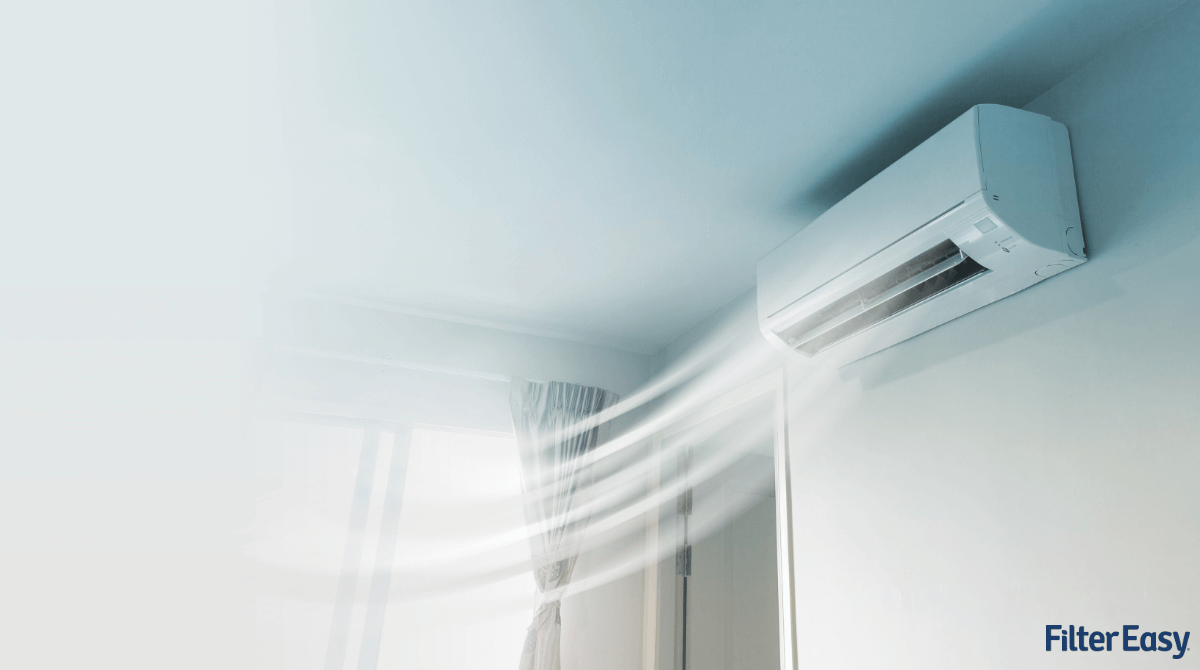Keep your air conditioning running efficiently throughout the summer with some simple maintenance tips.
- Take care of your things, and they will take care of you.
- Always practice safety
- Clean your outside unit
- Check inside unit for damage and inefficiencies.
- Enjoy the fruits of your labor
You wake up on Thursday and start your routine. You hit snooze on your alarm, go back to sleep, wake up again ten minutes later, take a shower, get dressed, eat breakfast, feed the dog/cat/children, and leave. But when you get in the car, it won't start. Congratulations! Your car just ruined the rest of your day! Now you need to get it to an auto repair shop somehow and to figure out transportation.
Take care of your things, and they will take care of you.
It's never a great feeling to lose something that you take for granted and rely on. Although not every problem is preventable, regular maintenance sure helps. Simple things such as checking the car oil and brake fluid can make the difference between going about your day as planned and a trip to the auto shop with a crying wallet.
This same concept applies to your HVAC system. Remembering to take care of your unit will make a big difference in energy costs and extend its lifespan. You can invest some time in routine HVAC maintenance each year, or you can invest in ice packs and fans until you can pay a professional to come and repair it. The choice is yours.

Always practice safety.
Before you dive in, you should shut down the power. Find the breaker box and turn it off. It's best not to take chances when it comes to electricity and moving parts. If you have a packaged system (one that does the job of cooling and heating your home), you also need to turn off the flow of the natural gas line before starting. Find the gas line, and you'll see the knob to turn.
Clean your outside unit.
Let's begin outdoors. On top of your HVAC unit, you'll find the fan cage. Remove this with a screwdriver or wrench to expose the inside. Now, you can remove any debris by hand such as leaves, pine needles, grass, dead squirrels, and other unwanted treasures. OK, maybe not dead squirrels, but it's not pretty.
Next, remove the covers from the sides of the unit if there are any. If you'd like to be thorough, use the brush attachment of a vacuum and suck up any dirt that may have collected on the thin, delicate metal columns. Those are called fins. Then, grab a water hose and rinse the fins from the inside out to get everything else. You can access the backside of your fins through the top of the unit. By washing from the inside out, you're pushing gunk out of the system instead of into it. Be sure to let everything you have washed dry before turning on your system again.
SN Tip: Do not use a power washer! Although they are great for deep cleaning, the pressure can easily damage your HVAC unit. If you need to deep clean the fins, there are cleaning solutions made just for that.
After you clean everything, check the fins for any areas where they may be bent. It's a good idea to take some time and straighten these out, as it will help with efficiency, which can save you money. They make tools specifically for this task known as fin combs, but in a pinch, a butter knife can work as well. Gently wedge it in between and push the bent fins back into place. After that is complete, the fan cage can be put back in place and installed. Sorry ahead of time, because this may be a little tedious.

SN Tip: Be exceptionally gentle when straightening your unit's fins. These are fragile, and too much pressure can cause damage.
To prevent future debris and ensure adequate airflow, you should clean up the area surrounding the condenser. Trim nearby branches and vegetation as well as clear any other obstacles that could end up inside the unit. Ideally, you want your outdoor unit to have about two feet of space in all directions.
One last thing to check is the insulation on your coolant line. Two different coolant lines exit your house and enter your unit. Don't worry about insulating the smaller of the two as it typically carries the warm refrigerant. The larger line should have insulation around it inside and outside the house. If you find that it is not in tip-top shape, you can buy new insulation foam at a hardware store. Cut the length you need and keep it in place with electrical tape. When your coolant line isn't insulated, you could have condensation inside the home and will definitely lose efficiency because it will collect heat from outside. By insulating the larger coolant line, you're taking care of your house and making your HVAC unit's work a little easier. And by regularly checking the insulation, you'll be sure to not run into those issues.
You are now all done outside! Put away any tools that are lying around and get yourself a glass of water.
Check inside unit for damage and inefficiencies.
SN Tip: if you have a packaged system or don't have a furnace/AC inside, some of this doesn't apply to you. If that's you, you can skip to what matters.
Let's now continue this project inside the comfort of your home. But wait—did you remember to cut the power from the breaker? Just a friendly reminder.
Start with a visual inspection. Check coils, pipes, and even the floor. What you will be mostly looking for is dust buildup, oil stains, and rust. You should clean any dust. If you notice oil stains or rust, that may indicate a leak—you don't want those. This leak could be from any number of things, including a coolant line. If you see a water stain, a severe problem is waiting to happen. See if you can find the source of the leak and seal it or replace the part if possible. If the conditions seem to be too big for your britches, this might be a job for an HVAC technician. It'll certainly be cheaper than waiting for something to break.
If your HVAC system has a humidifier, close the bypass to the humidifier. Then turn off the humidifier itself. While it is helpful during the winter to stop dry air, it won't be beneficial or efficient to have this running with the scorching weather.
With every HVAC maintenance session, it's essential to clear the drain pipe. Start by finding and checking the drain pan, located near the bottom of your unit. You want it to be clean and free of debris.
Now for the good stuff. Open the drain pipe connected to the pan and pour some water directly in the pipeline. Make sure to have a bucket underneath not to leave a puddle on your floor. Flush out any dirty water and debris in the pipe with an air compressor. A wet/dry vacuum works well here too. Detach the pipe at a junction a foot or so down the line from the pan and insert the vacuum nozzle there. Plug the other side of the pipe that you disconnected from the pan with something airtight such as someone's thumb or a cork. Now turn on the vacuum and with the other end plugged, any dirt and grossness should be sucked out.

Reattach the drain pipe and conduct a final check. Pour some water into the pan and examine if it smoothly flows away. Lots of issues can arise from maintenance neglect regarding this particular area. If water cannot properly flow through the drain pan, it will overflow and can cause significant water damage to your unit. Some HVAC systems are above the first floor, and that's the last place you want water damage.
One of the simplest things you can do is to change your air filter. It will stop debris from entering your unit as well as help keep your air clean. A clogged filter will drastically diminish airflow and could damage your unit. The costs for repairs is not worth it. One inch thick filters should be changed every one to three months. Filters that are four inches and thicker are typically changed out every four to six months. It'll depend on your environmental circumstances and the quality of the filter that you use. If you are unsure, install a new filter and check to see how dirty it looks every month. If you would like some assistance to make sure that your filters are regularly replaced and on time, we might know of a handy subscription that will help! *Cough *Cough*
Enjoy the fruits of your labor.
Grab your sunscreen and shades, because you're all set for summer! Turn on the power (and natural gas) to your HVAC system now that you've done your part to make it clean and keep it happy. A happy HVAC system will gladly reward you with the comfort of cool air for months to come! Take care of your things, and they will take care of you. It is certainly more pleasant than the possibility of coming home to a humid inferno of misery and sweat.
If you lack the right tools, don't have the time, or come across something concerning about your HVAC that seems to be out of your league, there is no shame in reaching out to a local HVAC professional. There is a lot of HVAC maintenance that you can do on your own, but some tasks are too big for the untrained.
---
Wouldn't it be nice to regularly replace your air filters on time without any reminders, going to store, or struggling to find your size? Of course it would. Make the smart choice and consider giving Second Nature a try! With our air filter subscription, we automatically send you the filters you need when you need them. Go ahead and mark that to-do off your list forever. We dare you.
Topics:




